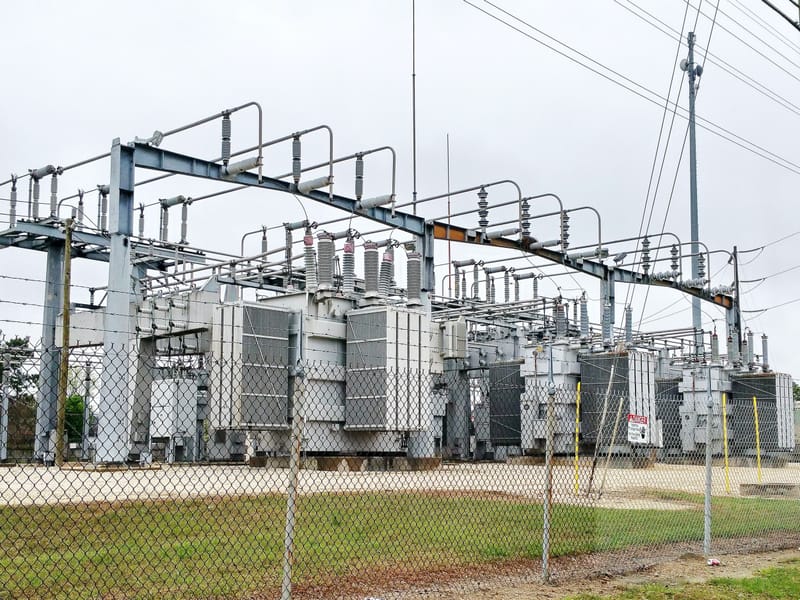Energy and Utilities

Cybersecurity Solutions for Energy and Utilities
As a veteran-owned small business based in Washington, D.C., USA Cybersecurity is dedicated to providing advanced cybersecurity and digital forensic services tailored for government agencies, contractors, and commercial enterprises. Our expertise in securing critical infrastructure positions us as a trusted partner in defending energy and utility networks from evolving cyber threats.
Securing SCADA and OT Networks
Supervisory Control and Data Acquisition (SCADA) systems play a critical role in managing essential services, including electricity, water, natural gas, waste treatment, and transportation. These systems enable remote monitoring and control of operational equipment like pumps and valves, driving efficiency and automation. However, SCADA networks were historically designed for functionality over security, making them vulnerable to cyberattacks that could disrupt services, manipulate operations, or compromise public safety.
To counter these risks, USA Cybersecurity provides comprehensive solutions to secure SCADA and operational technology (OT) networks. Our services include:
- Risk Assessments: Identifying vulnerabilities in critical systems.
- Continuous Monitoring: Real-time detection of anomalies and threats.
- Penetration Testing: Safely simulating attacks to uncover exploitable gaps.
- Compliance Alignment: Ensuring adherence to federal guidelines like NERC-CIP and DOE standards.
Key Features of Our Platform
- Non-Intrusive Monitoring: Seamlessly integrated without disrupting operations.
- Asset Discovery: Automatically map and catalog all OT assets and communication flows.
- Threat Detection: Utilize advanced algorithms to detect malicious and non-malicious threats.
- Scalability: Designed to support large-scale, complex networks with no performance loss.
- Integration: Compatible with existing IT and OT security frameworks, including SOC and SIEM tools.
The Need for Proactive Protection
With the rise of Industrial IoT (IIoT), energy and utility networks face unprecedented challenges:
- Increased connectivity has rendered air-gapping obsolete.
- Malware like WannaCry and Black Energy have highlighted vulnerabilities in critical infrastructure.
- Unprotected legacy systems and shadow OT devices add hidden risks.
Our solutions bridge the gap between IT and OT, enabling a unified approach to security while safeguarding critical operational systems.
Why Partner with USA Cybersecurity?
- Proven Expertise: Our security-cleared professionals bring extensive experience in safeguarding critical infrastructure.
- Tailored Services: Customized solutions to meet the unique needs of energy and utility sectors.
- Regulatory Compliance: Guidance to meet stringent federal standards like NERC-CIP and DOE requirements.
Take the First Step Toward Comprehensive Protection
Cyberattacks on energy and utility networks can result in catastrophic outcomes, including service disruptions, financial losses, and threats to public safety. By partnering with USA Cybersecurity, you gain the tools and expertise needed to secure your infrastructure against evolving threats.
Contact us today to schedule a consultation and fortify your network’s defenses.